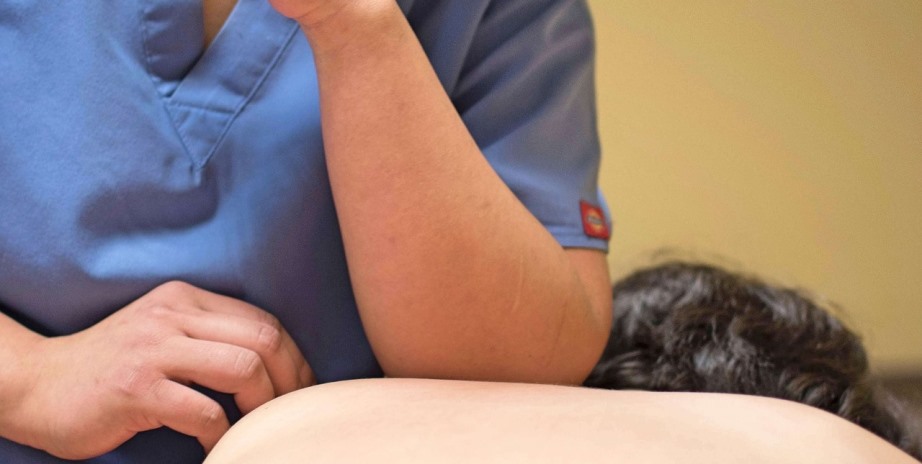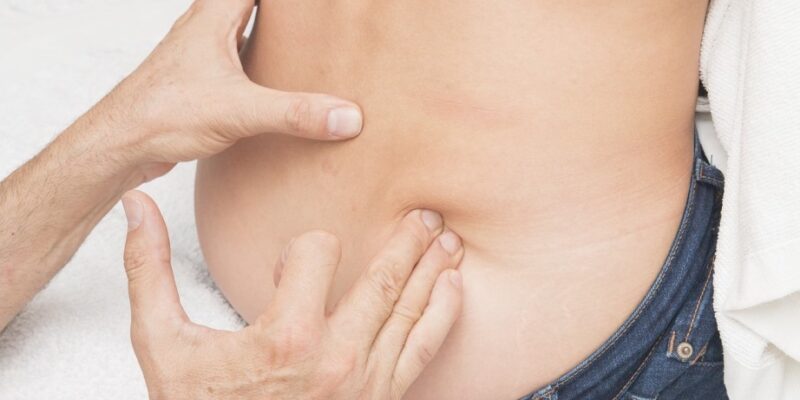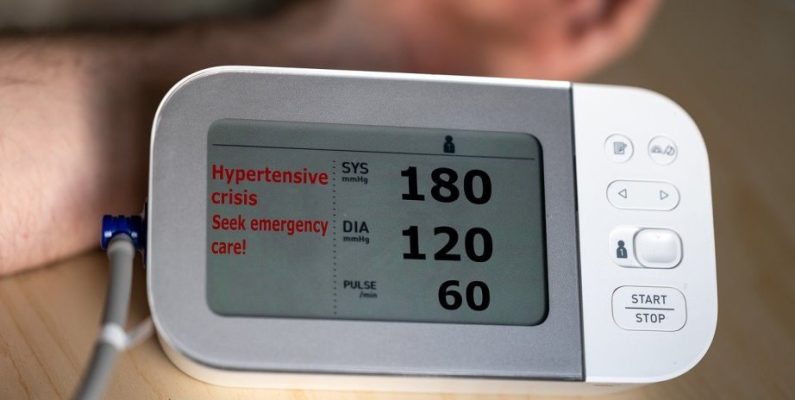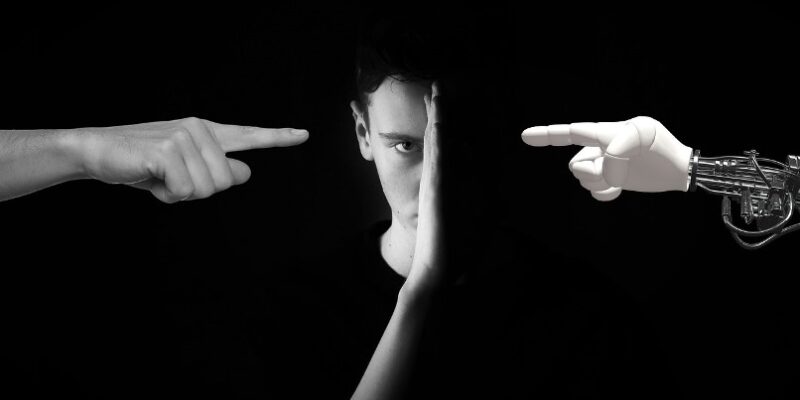
As a general rule, massage therapy treatment sessions can be given to any person, young and old, even if — or sometimes especially — when they suffer from certain health conditions.

Nevertheless, the length of a session, the type of massage, and the massage techniques that are (or can be) applied will much depend on the receiver’s needs, abilities and capabilities.
When there is any doubt if a client can handle a massage session, they should first consult a physician or other appropriate medical professional before engaging in (therapeutic) massage sessions.
Additionally, the massage therapist will always first assess the client’s physical and mental state in order to come to an efficient, effective, and safe treatment plan.
In any case, below we’ve listed the most common precautions and contraindications with respect to receiving a massage treatment session. This is not an exhaustive overview. Mind that more precautions and contraindications may apply depending on the type of massage or the health condition of the receiver.
Precautions
- Pregnant women (but only after 3 months until max 8 months of pregnancy) can receive very light relaxing and caressing massage sessions, but some techniques and exercises are not done. Pregnant women will generally have a session lying on their sides and/or on their back. Arterial compressions should not be done as they induce a higher blood pressure. However, when the goal of the session is to specifically work on the uterus, for instance, to turn or tilt it or manipulate the position of the baby, other rules may apply as for when (in which month of pregnancy) to give a treatment.
- As older persons are more likely to have osteoporosis (porous and fragile bones), extra care needs to be taken not to put too much pressure on the bones and articulations. This counts as well for anybody else having osteoporosis.
- Very light massage needs to be performed if someone has a hiatal hernia.
- Caution needs to be observed with receivers having diabetes, heart diseases, built-in cardiac equipment, asthma, high blood pressure or having had a (cerebral) stroke in the past. With these clients, exercises that raise blood pressure substantially should be avoided. Arterial compressions should not be performed at all.
- Massage around the ears, the temples, under the armpits, behind the knees, on the knees, under the chin, the eyelids, and the crown of the head should be done gently.
- In cases where arterial compressions are allowed, the following rules apply: arterial compression on the arms or abdomen maximum thirty seconds, on the legs maximum sixty seconds.
- People carrying the HIV-virus can be given a session, although exchange of bodily fluids (blood, semen, mother’s breast milk, vaginal fluids) should be carefully avoided. The therapist should in any case always wear surgical gloves when massaging internally.
Contraindications
- The therapist should be informed if the client is allergic for certain ingredients that may be used in oils, creams and balms.
- Sessions should not be given when the client has a fever or is drunk.
- Sessions are not given if the client has an active cancer, has had an internal operation (surgery) in the three months preceding the session or has had a relatively severe accident in the past 72 hours.
- Massage is not done on bones, the collar bone (clavicle), the spinal column, the elbow line, on inflammations or swollen areas, on skin infections or problems, on the blood vessels of the neck (carotid artery), on or directly around broken bones, a surgical area, ulcer or wound.
- Massage is not applied on areas with dermatitis, arthritis, phlebitis. Massage around the area is permitted though.
- People with infectious diseases, like a flu, diphtheria, tuberculosis, shouldn’t be given a session, because the therapist exposes him or herself to an infection. This goes of course also the other way around.
- No massage, stretching exercises or pressure is applied on areas where people have artificial joints or (transplanted) organs.
- No massage is done when someone has an abdominal aortic aneurysm.
- No massage is done directly on varicose veins.
- No massage is done on organ or vertebral hernias, nor forcible actions applied to push them back in their original position.
- No spinal twists (torso stretches) are applied with people having problems with the vertebral column, like bulging, slipped or broken disks, or hernias.
- No massage is done on/in the abdominal area if the receiver has just finished a meal, or has serious stomach or intestinal problems, or is pregnant (except for resolving specific issues during the pregnancy).
- No massage or rubbing is done or strong pressure given on “thin skin.”
- No massage is done on “tired muscles,” which means that people who have done heavy sports or physical workout in the 48 hours preceding, should not receive a massage. On the other hand, persons who have just done a heavy workout (maximum a few hours before the massage), can benefit from stretching exercises.
















